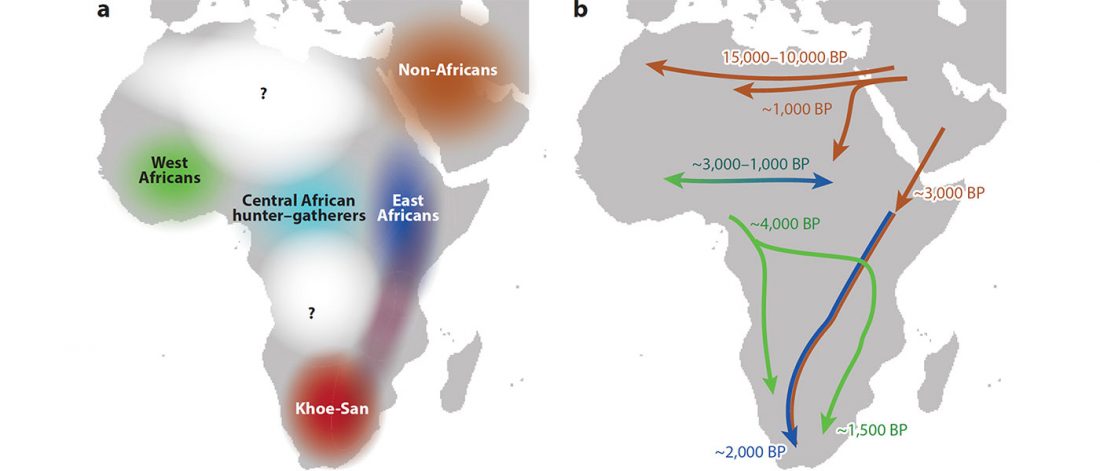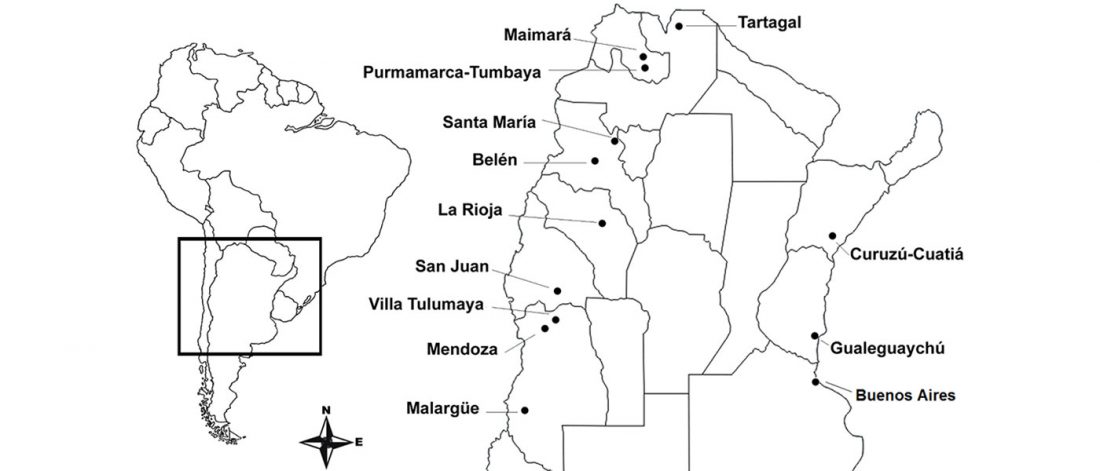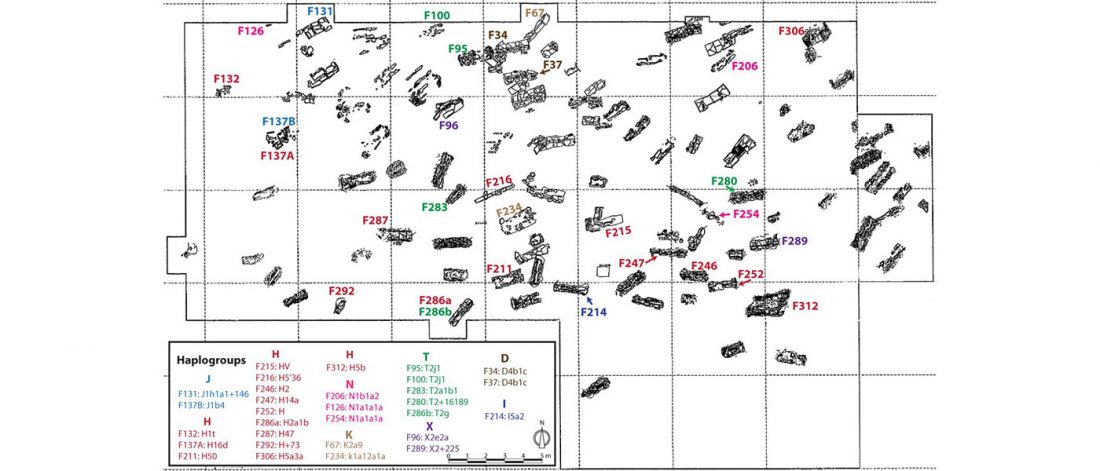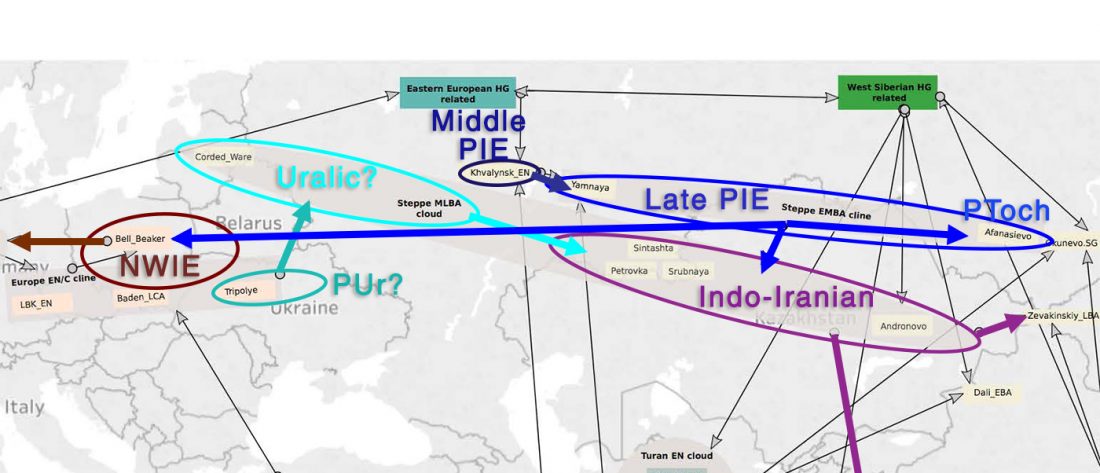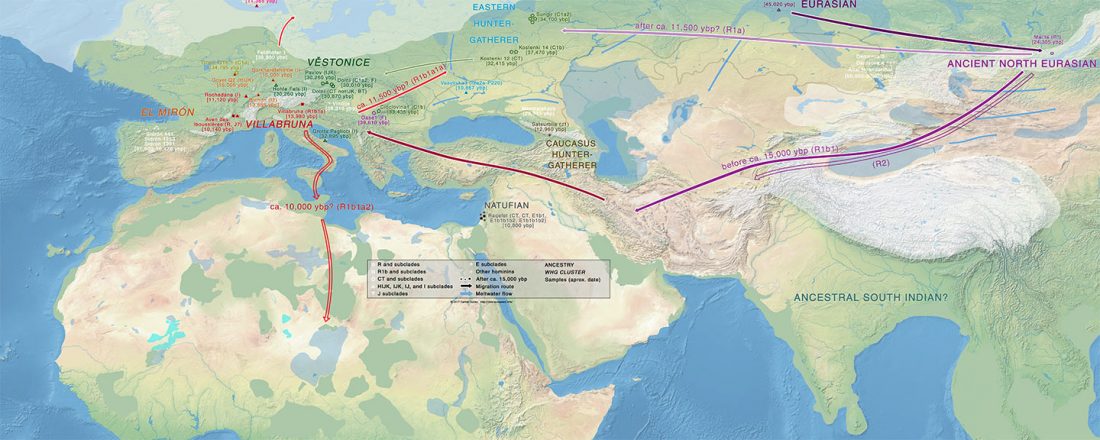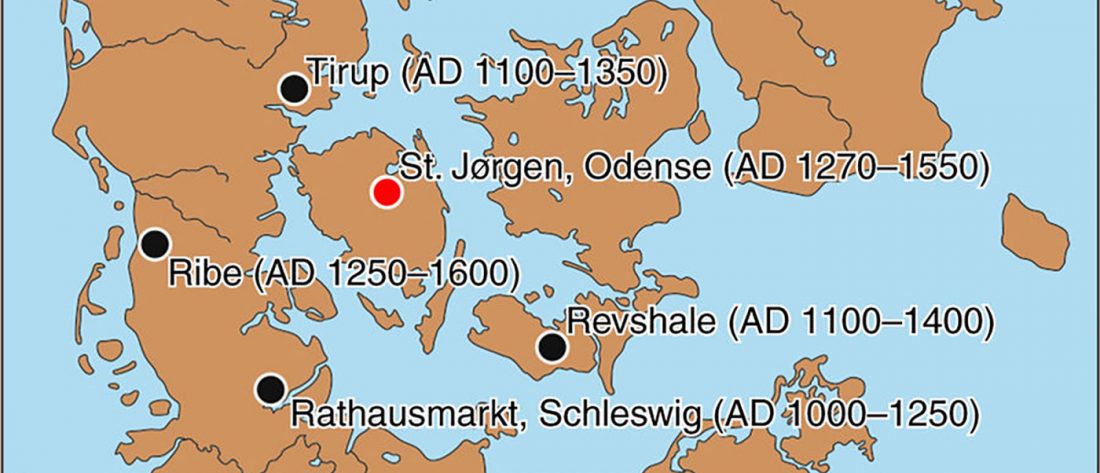Tales of Human Migration, Admixture, and Selection in Africa
Comprehensive review (behind paywall) Tales of Human Migration, Admixture, and Selection in Africa, by Carina M. Schlebusch & Mattias Jakobsson, Annual Review of Genomics and Human Genetics (2018), Vol. 9.
Abstract (emphasis mine):
… Read the rest “Tales of Human Migration, Admixture, and Selection in Africa”In the last three decades, genetic studies have played an increasingly important role in exploring human history. They have helped to conclusively establish that anatomically modern humans first appeared in Africa roughly 250,000–350,000 years before present and subsequently migrated to other parts of the world. The history of humans in Africa is complex and includes demographic events that influenced patterns of genetic variation across the continent.
